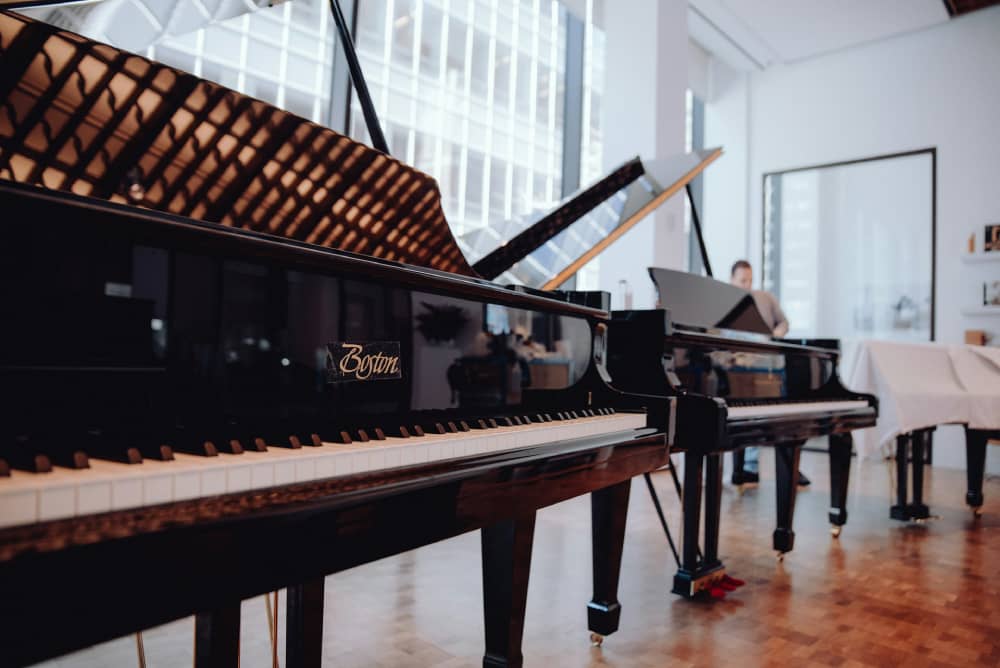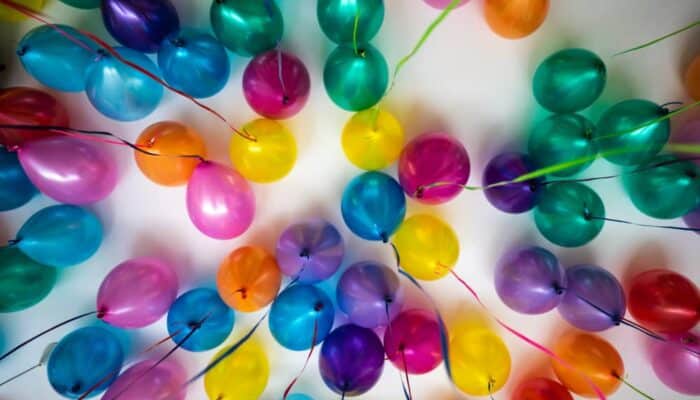
In the world of music, vintage pianos stand as revered time capsules, whispering the echoes of bygone eras and harmonizing with the past. Their keys have been caressed by the fingers of renowned pianists, and their melodies have reverberated in concert halls that have witnessed history. Perhaps you even found one in a local used piano store San Diego. In this exploration, we embark on a journey to uncover the secrets of preserving these timeless treasures – vintage pianos. These instruments are more than wood, strings, and ivory; they are portals to a rich musical heritage that deserves our utmost care and attention. Join us in understanding the art of preserving the beauty of vintage pianos.
The Rich Heritage of Vintage Pianos
Before delving into the intricacies of preservation, it’s crucial to appreciate the rich heritage that vintage pianos embody. These instruments are not just mechanical marvels; they are storytellers. Vintage pianos bear witness to the evolution of music and culture, from the early predecessors of the piano to the iconic instruments that have graced the stages of legendary composers and performers.
Imagine the grandeur of a vintage Steinway & Sons, its keys once touched by the hands of Rachmaninoff or Horowitz. Picture the elegance of a centuries-old Broadwood, echoing the sonatas of Beethoven. These pianos are living relics, carrying the essence of their era within their wooden frames and ivories. They are the tangible links to the musical past, connecting us with the melodies that have shaped our world.
Understanding the Challenges
As we stand in awe of the historical significance of vintage pianos, we must also acknowledge the challenges they face. The passage of time can be both a friend and a foe to these instruments. While they age gracefully, they are not immune to the ravages of neglect, environmental conditions, and the inexorable march of years.
The consequences of neglecting the preservation of vintage pianos are profound. These instruments hold within them the stories of countless compositions and performances. When they deteriorate, we lose more than just wood and strings; we lose a part of our cultural and musical heritage. To truly appreciate the importance of preservation, we must first grasp the fragility of the threads that bind us to the past.
Assessing the Condition
Before embarking on the journey of preservation, it is crucial to assess the condition of a vintage piano meticulously. These instruments, like seasoned travelers, carry the marks of their journeys through time. The wear and tear of decades may manifest in various ways – from cracked soundboards to worn-out action parts, and even yellowing ivory keys that have absorbed countless emotions.
The process of assessment involves more than just a cursory glance. It requires a discerning eye and an attentive ear, much like a doctor examining a patient. A professional piano technician, with their trained expertise, can be your guide in this delicate endeavor. They will identify the areas that need attention, prioritize the restoration steps, and ensure that the piano’s unique character is preserved.
Restoration and Conservation Techniques
Preserving the beauty of vintage pianos often calls for a careful balance between restoration and conservation. Restoration involves meticulously bringing the piano back to its original condition, while conservation focuses on preserving its historical integrity.
Restoration techniques can encompass a range of processes, from rebuilding the action mechanism to refinishing the cabinet. The goal is to revive the piano’s sound and functionality while retaining its historical accuracy. This involves using authentic materials and methods to ensure that the instrument continues to resonate with the same voice as it did in its heyday.
Conservation, on the other hand, revolves around protecting the piano’s historical features and unique character. It may involve stabilizing the piano’s condition to prevent further deterioration without significant alterations. Striking the right balance between restoration and conservation depends on the piano’s historical value and the goals of the preservation effort.
Climate Control and Maintenance
To preserve the beauty of vintage pianos, one must pay meticulous attention to their environment. These instruments are sensitive souls, susceptible to fluctuations in temperature and humidity. Maintaining stable environmental conditions is akin to providing them with a nurturing home.
Humidity control is of paramount importance. Vintage pianos, with their wooden components, are particularly vulnerable to changes in moisture levels. Fluctuations can lead to swelling, shrinking, and even structural damage. Installing humidity control systems in the piano’s environment helps ensure that it remains in stable condition.
Regular maintenance is another crucial aspect of preservation. Just as we care for our own well-being, vintage pianos require tuning, cleaning, and periodic lubrication of their intricate mechanisms. Tuning, in particular, is essential to maintain the piano’s musical integrity.
In the next sections, we’ll continue our exploration, delving deeper into the role of professional expertise and the significance of showcasing vintage pianos in preserving their beauty and historical value.
The Role of Professional Expertise
In the world of vintage piano preservation, the role of professional expertise cannot be overstated. Piano technicians and restorers are akin to guardians of these musical relics. Their hands possess the delicate touch needed to breathe new life into weathered keys and fading melodies.
Expertise matters, for vintage pianos are not just any instruments; they are irreplaceable treasures. A professional piano technician possesses the knowledge and skill to navigate the intricacies of restoration and conservation. They understand the nuances of historical accuracy, the significance of authentic materials, and the art of preserving the piano’s unique character.
As a custodian of a vintage piano, it’s imperative to seek professional guidance. Attempting DIY restoration can lead to irreversible damage and the loss of historical value. A piano technician’s trained eye can assess the piano’s condition, recommend appropriate restoration measures, and ensure that every touch and tone resonates authentically with the past.
Showcasing Vintage Pianos
Preserving vintage pianos isn’t merely about safeguarding them behind closed doors; it’s about sharing their stories with the world. Showcasing these treasures in museums, exhibitions, and performances not only honors their legacy but also educates and inspires the next generation of musicians and enthusiasts.
When vintage pianos grace the stage or exhibition hall, they become ambassadors of history, cultural heritage, and musical evolution. Their presence invites audiences to step back in time and experience the melodies that once filled grand concert halls. Vintage pianos bridge the gap between eras, allowing us to appreciate the musical tapestry that has woven our world together.
Whether it’s the grandeur of a 19th-century Broadwood or the elegance of a vintage Steinway & Sons, these pianos have stories to tell. They connect us to the composers who penned timeless compositions and the virtuosos who breathed life into their music. In showcasing vintage pianos, we ensure that their voices continue to resonate with future generations.
As we are on the topic of Vintage, this article would be great for your next read:
Icons Who Shaped Hollywood History
Conclusion
As we conclude our journey through the art of preserving the beauty of vintage pianos, let us carry forward the profound responsibility of safeguarding these musical relics. Vintage pianos are more than instruments; they are living testaments to our history, culture, and creativity.
Through understanding the challenges they face, assessing their condition, and seeking professional expertise, we can ensure that the melodies of the past continue to resonate in the present. And by showcasing these treasures, we offer the world a chance to embrace the beauty and significance of vintage pianos.
As custodians of these instruments, let us cherish their timeless charm, preserving not only their wood and strings but the very essence of our musical heritage. In doing so, we harmonize the past with the present, allowing the beauty of vintage pianos to transcend time and touch the hearts of generations to come.




